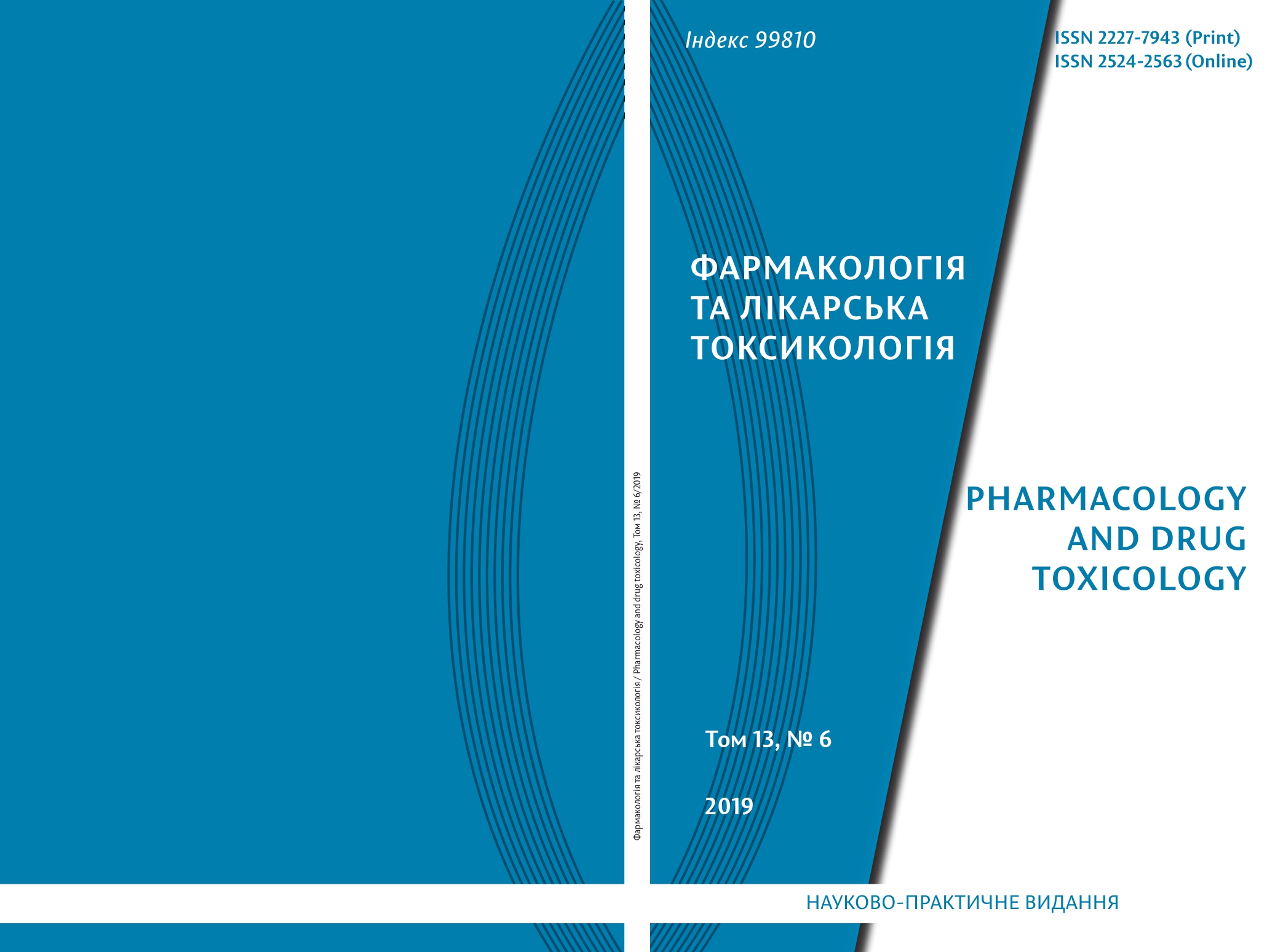Abstract
The aim of the study was to evaluate the effects of the fixed combination of ipidacrine/phenibut, pre/ probiotic and S-adenosyl-L-methionine on the manifestations of hepatotoxicity in rats under long-term administration of isoniazid and rifampicin. The studies were carried out on 40 white Wistar male rats weighing 180–220 g. The experimental model of toxic drug induced liver injury (DILI) was reproduced by repeated intragastric administration of isoniazid and rifampicin at a dose of 50 mg/kg and 86 mg/kg of body weight for 28 days. Animals were divided into 5 groups (n = 8 in each). I – intact, II – control (DILI). During the last 14 days of the experiment, rats of group III were injected intramuscularly with S-adenosyl-L-methionine at a dose of 35 mg/kg. For animals of group IV, a fixed combination of ipidacrine hydrochloride/phenibut was administered at a comparable intragastric regimen at doses of 1/60 mg/kg, and group V intragastrically received therapy that combines the prebiotic lactulose at a dose of 2680 mg/kg and a probiotic containing 4 billion active cells (CFU): Lactobacillus acidophilus, Lactobacillus rhamnosus, Streptococcus thermophilus, Lactobacillus delbrueckii subsp. Bulgaricus at a dose of 1 CFU/kg. Hepatoprotective properties were assessed by indicators of the relative mass of the liver (per 100 g), activity of alanine aminotransferase in the blood serum, indicators of the oxidative modification of the protein, metabolic (the content of lactate and pyruvate), content of protein S100b and by histological studies of liver tissue. The experimental results indicate that prolonged administration of drug hepatotoxicants, isoniazid and rifampicin, led to liver injury, which was manifested by hepatocytolysis, the development of oxidative stress, inhibition of metabolic processes and a decrease in S100b protein level. In turn, S-adenosyl-Lmethionine, or combinations of ipidacrine/phenibut and lactulose/yogurt after repeated administrations within 14 days, significantly optimized the processes of glucose metabolism, suppressed the oxidative modification of the protein and reduced the severity of hepatocytolysis under isoniazid rifampicin liver injury. Moreover, the use of combinations of ipidacrine/phenibut or yogurt/lactulose led to the restoration of the content of S100b protein in the cytosolic fraction in the liver tissue in animals with DILI. The value of this indicator was statistically significant 1,3 times greater when using S-adenosyl-L-methionine as compared with the group of animals with DILI. It should be noted that correction of the intestinal microbiota by lactulose/yogurt has the greatest hepatoprotective potential then the combination of ipidacrine/phenibut or hepatoprotector S-adenosyl-L-methionine. The data obtained experimentally substantiate the feasibility of restoring the intestinal biocenosis by using pre/probiotics in order to prevent or complex treatment of liver disorders resulting from prolonged tuberculostatic therapy.
